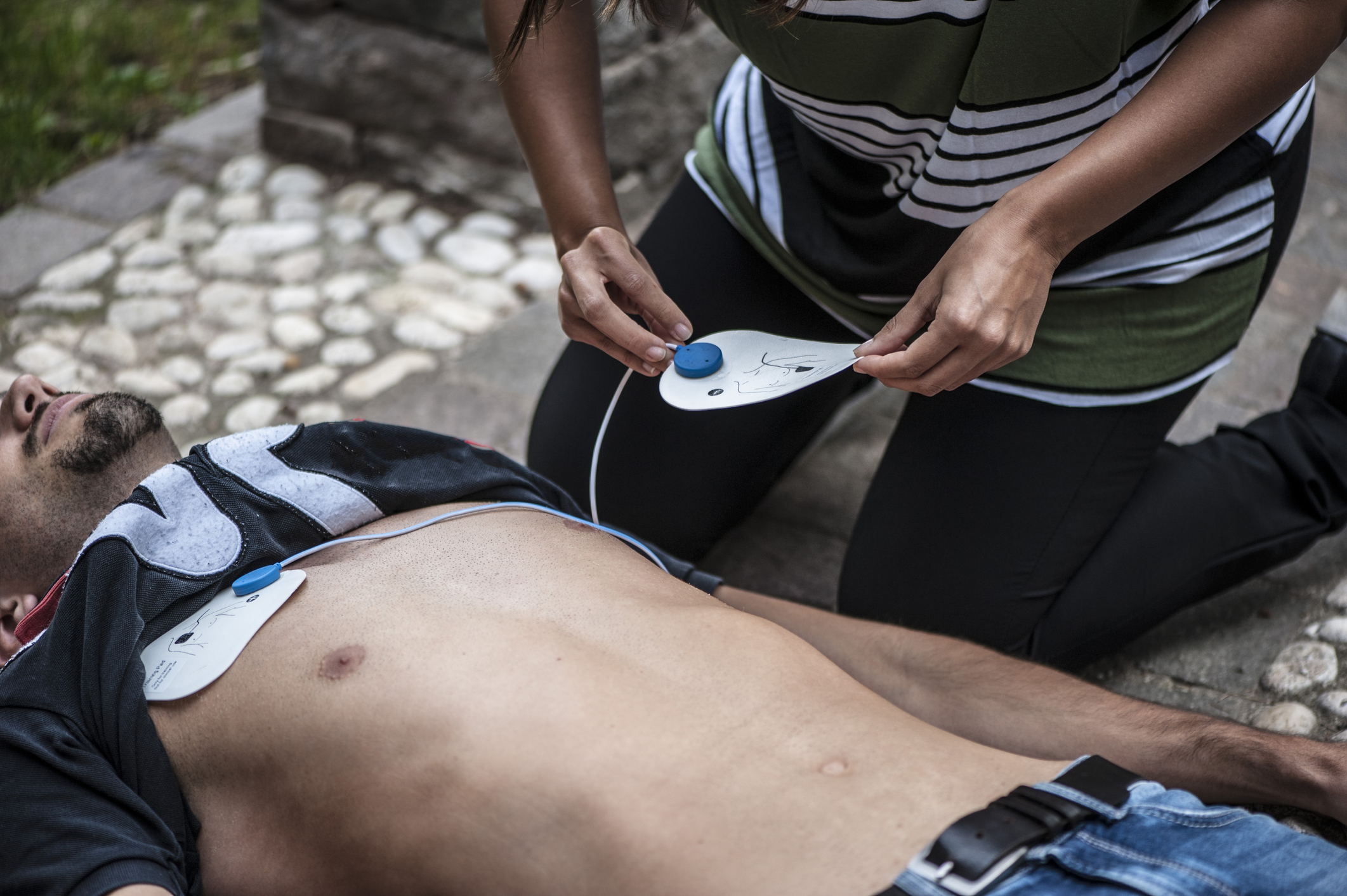Public access defibrillators are becoming as common as fire extinguishers across the United States, Canada and Europe in office buildings, airports, health clubs and shopping malls but how many people know what they are and how to use them? Studies have shown that although most heart attacks resulting in death occur at home, nearly 20 per cent happen in public places and 95 per cent of those patients die before reaching the hospital.
According to a recent report by NBC News, every minute spent waiting for paramedics reduces the survival rate following cardiac arrest by 10 per cent. By training teams of people in pubic buildings to use defibrillators, it is hoped that over time many lives may be saved. Further study is planned to determine if providing families of heart attack patients with defibrillators to use at home will improve survival rates.
Although Automated External Defibrillators (AED) are designed to be used without training, many people are unaware of what they are and how to use them in case of a cardiac emergency. Public Access Defibrillators (PAD), once open, will play recorded verbal instructions and may also have diagrams or a screen to guide operation of the device. The defibrillator can detect the rhythm of the heart and will only deliver a shock if necessary. With better education about the devices, how they are used and where they are likely to be located, chances of surviving a cardiac arrest in public could be vastly improved.
What to Do in Case of Cardiac Arrest
- Call for emergency help first
- Start CPR (cardiopulmonary resuscitation)
- Have someone else look for an AED or PAD device nearby
- Open device and follow the spoken instructions.
- Once shock is delivered, continue CPR until help arrives
To learn more about how a defibrillator works and how to learn CPR, visit the British Heart Foundation website by following this link.






Add Your Voice
0 Comments
Join the Discussion